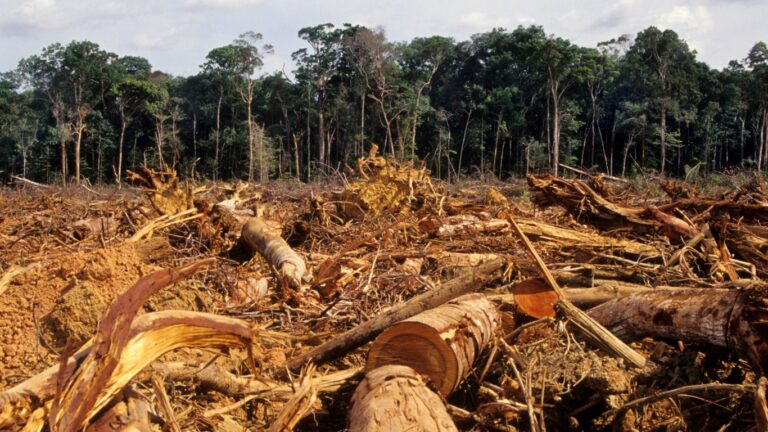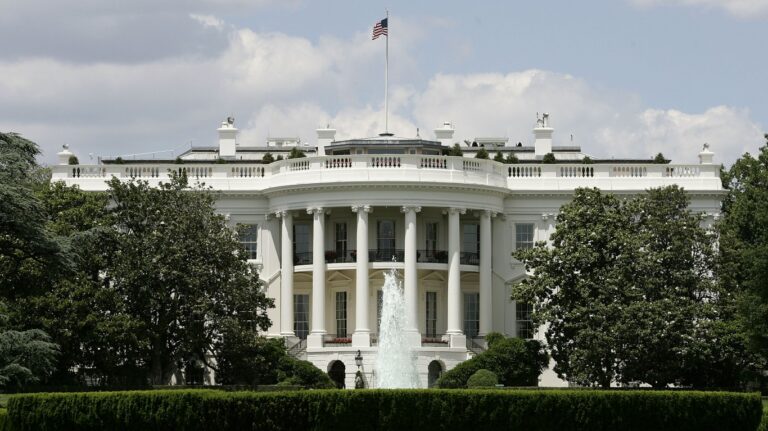AI Centers Eat Electricity Climate Crisis AM Edition 4/10/24

Rene Haas, the CEO of chip company Arm, told The Wall Street Journal, “by the end of the decade, AI data centers could consume as much as 20% to 25% of U.S. power requirements. Today that’s probably 4% or less.” Climatecrisis247 believes that other scientists and tech executives have made similar comments. The issue is that the general population, commercial enterprises, and the government will not allow this level of consumption to occur. Utilities could not build capacity to this level with the massive infracture construction costs required. It would further damage the environment because of the increased use of fossil fuels. Even if utilities could handle the construction, renewables do not create enough electricity. The level of energy use would also mean that current customers would be deprived of electricity during some periods like hot summer days when there is heavy use of air conditioning. Therefore, the supply of AI applications would be significantly curtailed, hampering the industry.
Climate Efforts –Major Effort Stumbles
Greenhouse News –Increases Continue
Recent data from the USDA Plant Hardiness Zone Map shows that climate change may significantly damage certain plants and trees. The service’s creators wrote, “The USDA Plant Hardiness Zone Map is the standard by which gardeners and growers can determine which perennial plants are most likely to thrive at a location.” The data show significant changes in temperature across the US. Les Parks, director of horticulture for the Norfolk Botanical Gardens, told Bay Journal, “It’s just another sign of climate change, and I don’t think it’s positive news.” Climatecrisis247 believes this is another in a long list of evidence that climate change is destroying plants and forests at an increasing rate and breadth.
Getting Back At Oil Companies
California’s legislature wants oil companies to pay for the huge damage they have done to the state’s climate. The legislation would probably be based on carbon dioxide emissions between 2010 and 2020. Climatechange247 believes this is one in a growing list of legal attempts to force financial penalties on fossil fuel companies for their contribution to the worst effects of climate change. Several other states and municipalities have started to do the same. The theory is that the argument for damages would be similar to those brought against Big Tobacco. The penalties from those tobacco cases ranged into hundreds of billions of dollars. The fossil fuel actions face two hurdles. The first is whether fossil fuel firms knew several decades ago that they contributed to the harmful effects of climate change. The other is proof of damages. In the case of Big Tobacco, courts were able to draw a straight line from smoking to heart disease and cancer.
Forever Chemicals
The EPA has issued its first set of rules about “forever chemicals,” officially known as per- and polyfluoroalkyl substances (PFAS). According to the agency, the new enforceable standards would cover water used by almost one-third of the American population. “The final rule will reduce PFAS exposure for approximately 100 million people, prevent thousands of deaths, and reduce tens of thousands of serious illnesses.” Climatecrisis247 believes this is among the most important rules any administration has set to protect Americans against industrial fallout from dangerous chemicals. And it may be a precedent for others.






